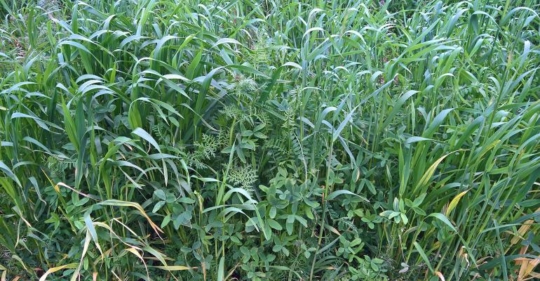Explore our blog featuring articles about farming and irrigation tips and tricks!
4 Ways Cover Crops Protect Natural Resources

By: DakotaFarmer
From unprecedented flooding during critical planting periods leading to delays in fall harvest to the brutal winter that battered livestock operations, 2019 was a trying time for most agricultural producers.
Here are four ways cover crops can help protect our most essential natural resources:
1. Preventing soil erosion
According to Sustainable Agriculture Research & Education, the average sediment loss per acre in the US is 2.7 tons each year – all of which goes on to pollute waterways. While cover crops will never fully prevent wind and rain erosion, they can go a long way to slowing it down. By providing ground cover and deep root systems, cover crops help reduce land degradation from wind and water erosion. The living roots also enhance water management by protecting the soil surface from sealing and improving drainage of wet soils.
When cover crops are integrated, SARE research indicates sediment losses from erosion are reduced by 20.8 tons per acre on conventional systems, 6.6 tons per acre on min-till systems and 1.2 tons per acre on no-till systems.
Stay up to date on all T-L news and get alerts on special pricing!


